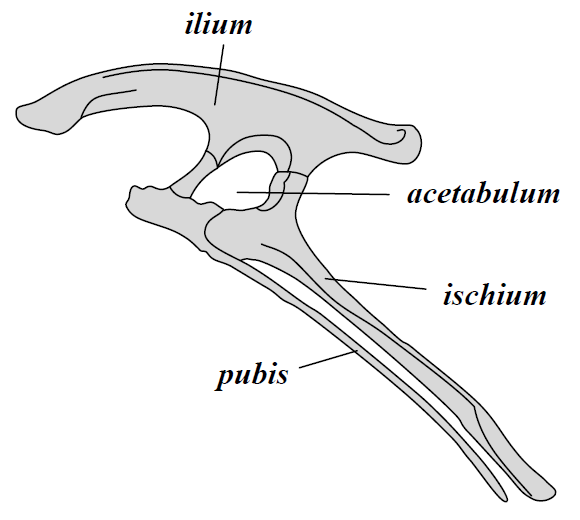One of the perks of my job is an annual trip to DC for the celebration of Lincoln’s birthday on the National Mall. Every year, I make a point to visit the National Museum of Natural History.
It was the first big natural history museum I ever visited as a child, and may very well be the place that first turned me into a museum junkie. But it’s been years since I was able to see my favorite part of the NMNH—the dinosaur hall on the first floor. The fossil exhibits have been closed for renovation since 2014.
Last week marked the first time I’ve been to DC since it reopened. I was both excited and nervous. As I’ve said before, the idea of this renovation was a bittersweet thing for me. I was thrilled at the thought of an updated exhibit, but I was also afraid I’d miss the old mounts. And I was especially worried I’d miss the dinosaur dioramas at the back of the hall.
I shouldn’t have worried. The new exhibit Deep Time is nothing short of magnificent. It combines everything that was great about the old hall with beautifully updated mounts, the latest science, and the finest in both modern and old-fashioned exhibitry.
Chronologically, Deep Time is about as comprehensive as it gets, from the emergence of life all the way up to the first human migrations and the extinction of the Ice Age megafauna, with hundreds of specimens along the way.
But let’s start with that T. rex. Hoo boy!
My tastes tend to be pretty conventional when it comes to T. rex mounts. I usually prefer your standard pose, with the animal in a simple striding position, head raised up to show off its height. When I heard about the plan for the Nation’s T. rex—one foot planted on a Triceratops carcass, the neck and skull craning down to wrench its prey’s head off by the frill—I had my doubts.
But as soon as I stood in front of it, the NMNH’s mount instantly became my favorite T. rex display anywhere.
I don’t know why, but the whole creature just seems a lot more massive and powerful when you see it in this position. Maybe it’s because the skull is closer to eye level. Come to think of it, when Henry Fairfield Osborn planned the first-ever full T.rex mount at the American Museum of Natural History more than a century ago, he initially wanted to have two of them crouched over a carcass, with those big skull and hip bones down where visitors could get a good look at them.
This pose also allows you to examine the head from different angles. You can really see the cranium shape that is so characteristic of tyrannosaurs—wider at the back, and then narrowing toward the snout.
I was under the impression that NMNH was going to attach the original skull to the mount, but a docent informed me that this is a copy. Still looks pretty awesome. And a lot of the bones in the photo below are the genuine article.
Diplodocus is still there, although no longer the centerpiece of the hall as it once was. The new layout is a tremendous improvement. You can get much closer to a lot of the big specimens now than you could in the old hall.
Stegosaurus and Ceratosaurs are back, too. Now they’re engaged in combat, and it looks like the carnivore’s getting the worst of it. Check out that patch of armor on the stego’s throat.
Allosaurus, by contrast, is taking some down time.
And those dioramas from the old hall I was afraid I’d miss? The new exhibit features a whole series of new ones, as exquisitely detailed as the masterpieces from the former exhibit.
Take this scene from the Cretaceous, for example. If these little hadrosaurs know what’s good for them, they’ll put some serious distance between themselves and this creek bed…
…because somebody on the other side of it is about to wake up.
A much more recent scene, as a mastodon finds itself mired down at Big Bone Lick in Kentucky.
Yes, mammals are here, too—from the armored Glyptodon…
…to the “Irish elk” Megaloceras.
And here’s everybody’s favorite sail-backed distant cousin, Dimetrodon.
Moving on from the terrestrial to the marine, here’s a mosasaur…
…and a mosasaur meal.
And we haven’t even gotten to the fish, invertebrates, or plants yet. You could easily spend three or four hours wandering through the hall without taking it all in.
In fact, if there’s anything to criticize, it’s this: Deep Time perhaps tries to do too much from an interpretive standpoint. The main theme is the extent to which changes in climate impacted environments and drove evolution, and how humans are accelerating these changes at a dangerous rate. But the exhibit also delves into convergent evolution, migrations, predator-prey relationships, and taphonomy.
But having a lot to chew on is a great problem to have when you’re a museum visitor. This is definitely an experience that will reward repeat visits. And since I plan on repeating my visit annually, I’m totally okay with that.




































